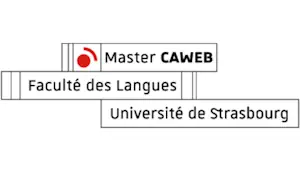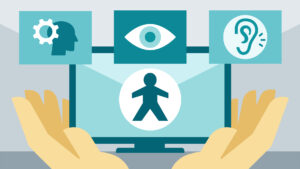An Introduction to Usability Testing Methods

As you may know, the purpose of UX (User Experience) design is to create a product that is enjoyable, easy to use, and memorable for users. Although UX designers can generate and implement their ideas throughout the design process, how can they ensure the product meets the market and the target users’ needs? Collecting and considering real users’ thoughts and feedback is crucial to achieving a satisfying final product. This is where usability testing comes in.
Understanding Usability Testing in UX Design
Usability Testing is one of the most useful methods of UX research. A researcher (known as a “facilitator” or “moderator”) instructs a participant to complete tasks using one or more specific user interfaces. As the participant works through each task, the researcher observes their behavior and listens to their feedback.
The most important principle in usability testing is to avoid influencing the participant in any way. Researchers must establish and closely follow a protocol, avoiding leading questions or any behavioral suggestions. Participants can’t be expected to act naturally if the researcher flinches when they make a mistake.
The focus of usability testing is the user experience, which means it must be clear to the observer what the user is thinking, not just what they are doing. Therefore, the Think-Aloud Method is often used. Participants are asked to verbalize their thoughts while performing tasks, allowing the researchers to understand decision-making processes and identify misleading or confusing elements.
Key Usability Testing Methods
Usability testing can be moderated, with the researcher present to lead the test, or unmoderated, where participants complete tasks on their own using an online platform. Moderated testing can be conducted in person, allowing observation of body language cues, or remotely, where participants can be anywhere in the world but need screen and camera recording tools. The choice of the testing type is important, as it affects the depth and type of data collected.
Now let’s see some methods that can be useful to implement in usability testing.
- Guerrilla Testing: One of the cheapest methods, where researchers choose random participants in public spaces, such as a mall or busy streets. Users are offered a small incentive for participating in a quick usability test. The results may not be adequate if you are aiming for a particular target user.
- A/B Testing: Involves comparing two versions of a product to determine which one performs better in terms of usability and user satisfaction.
- First Click Testing: Observes where the user clicks first for each given task. Results indicate the most intuitive elements and where they should be located.
- Eye-tracking: A technically advanced and expensive method that observes pupil movement and hover zones. It precisely identifies what catches the user’s eye and which pieces of information are not noticeable enough.
- Diary Studies: Over a defined period, participants are required to note their usage habits on a regular basis. Typically a diary entry is written immediately after performing given tasks.
- Card sorting: Analyzes the layout and navigation of a website. Different cards with content or concepts are presented to participants They are asked to prioritize and organize in groups according to what seems more convenient for them.
Many more methods exist and continue to evolve with technological innovations, such as mobile-oriented testing.
Benefits of Usability Testing
Usability testing provides the UX researcher valuable insights into how a product should function. The most obvious benefit is highlighting design problems, what doesn’t work, and what should be fixed before launching. However, it can also reveal possible opportunities to enhance user experience, such as adding features based on participant feedback or comparisons.
Additionally, usability testing helps companies better understand their target users. By getting acquainted with their behavior, mental models, and preferences, businesses can improve customer relationships and tailor their marketing strategies to actual needs.
If you’re interested in discovering more about how User Experience can be put to use in many sectors, check out Strasburg University’s new UX Design Specialization beginning this year!
Written by Caroline Trestard





